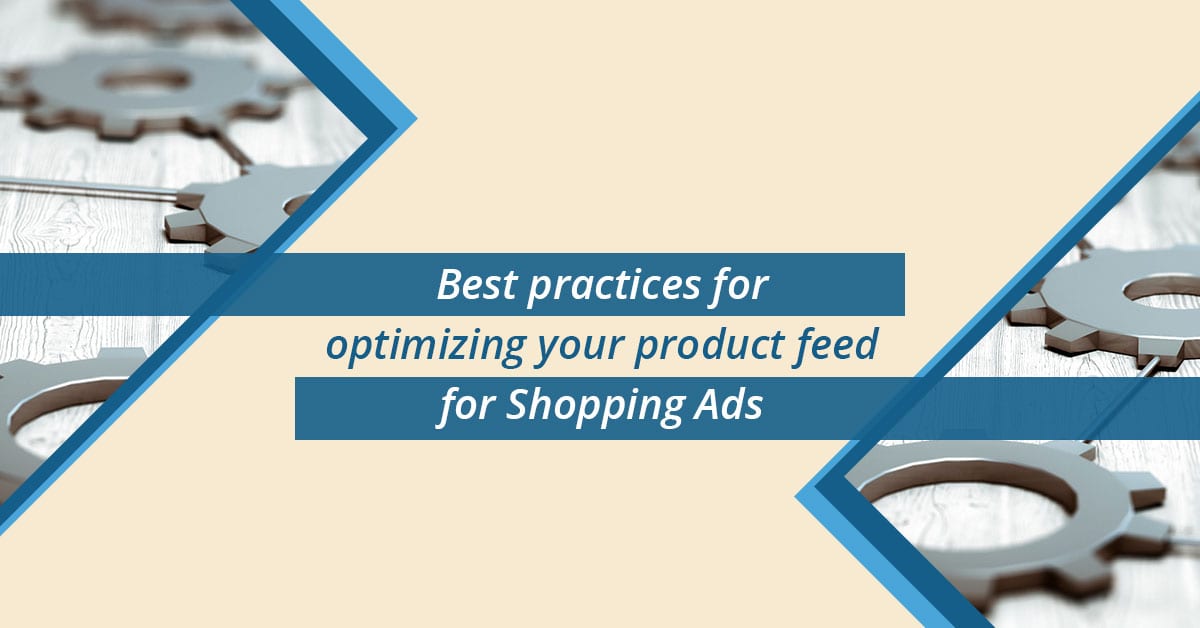Google Merchant uses your product feed to create Shopping ads. A quality product feed is the basis for the success of your Shopping ads because it contains all the product information that will be used to create an ad. Let’s see how you can customize it for the best results.
For successful advertising on Google Shopping, you need to make sure your ads are shown to customers who are truly interested in your products. For this, it’s important that your ads are triggered by the right search queries, and the users can see all the necessary information about the product already in Search. Both of these depend on the product name you set.
Product names are the most important features
Product names replace keywords from classic text ads. They are therefore the most important element of a good product feed, which reflects in the quality of Shopping ads. Now let’s have a look at how you can optimize these names for the best results for your advertising:
-
Recommended product name structure
The first step to optimizing the name of advertised products is to include the necessary keywords that define the product in its title. To make this work easier, we have prepared the recommended name structures for different product types:
Apparel: Brand + Gender + Product type + Attributes (color, size, material)
Consumables: Brand + Product Type + Attributes (Weight, Quantity)
Hard goods: Brand + Product + Attributes (size, weight, quantity)
Electronics: Brand + Attributes + Model Type + Model
Seasonal: Opportunity + Product Type + Attributes
Books: Title + Type + Format (hardcover, eBook) + Author
-
Important information first
Although Google Shopping allows up to 150 characters for a product name, in most cases it will be truncated to only about 70. If you have a large product name, formulate it so that the most important features stand out first and do not disappear if the name product will be truncated.
-
Follow the policies of Google Ads
Product names must adhere to the Google Ads Policies. These include, for example, restrictions on the advertising of certain products or services, procedures, but also requirements for the copy. The product name should not contain excessive punctuation or capitalization where it is not commonly found…
Learn more about Google Ads Policies in our older blog, so that your ads are not rejected by the system .
Why should you care?
Product names replace keywords from classic text ads. When users enter a search query, your ad will be triggered when it matches the user’s query as closely as possible. A good product name ensures that your ad appears to potential customers who are truly interested in the product.
From a shopper’s perspective, the deciding factor is whether the name defines the product he or she wants to buy and whether it matches the image with which you advertise the product. Based on this, he or she decides whether to click on your ad or your competitor’s ad.
To conclude, quality product names can have a decisive impact on your ad performance. If you’re using ads on Google Shopping, we recommend paying extra attention to them.
Maintaining the product feed
As mentioned before, Google Shopping creates ads from your feed. Be particularly attentive about the attributes, for they must be clear and coherent with the information stated on your webpage. Otherwise, Google will not concern them. You may maintain this feed manually via spreadsheets, using third-party products or software.
Before creating a new campaign, here are some specifics of the service:
- Unlike regular product text ads, Google Shopping ads do not use keywords to determine relevance. It is useful to include them in both, the title and the description, the final ad will be, however, created out of the attributes listed in your feed.
- Shopping ads allow you to display your promotions. If you are delivering for free, or you are having a seasonal sale, do not forget to mention it.
- Attributes in the feed must be coherent with the offer on your webpage. Otherwise, Google will not display it. Be attentive mainly when it comes to prices.
- One feed = one country. If you are willing to sell in different countries, you have to create various feeds.
- Identically as in any other ad, photos can be the key player. Be sure that your product is clearly visible, without any exorbitant effects or watermark.
- Your products must be linked to existing webpages. Otherwise, Google will not display them.
Conclusion
- Use recommended product name structure.
- Formulate product names so that the most important features stand out first and do not disappear.
- Follow the policies of Google Ads.
- Maintain your product feed.
You can find more information about shopping ads in our detailed article.





